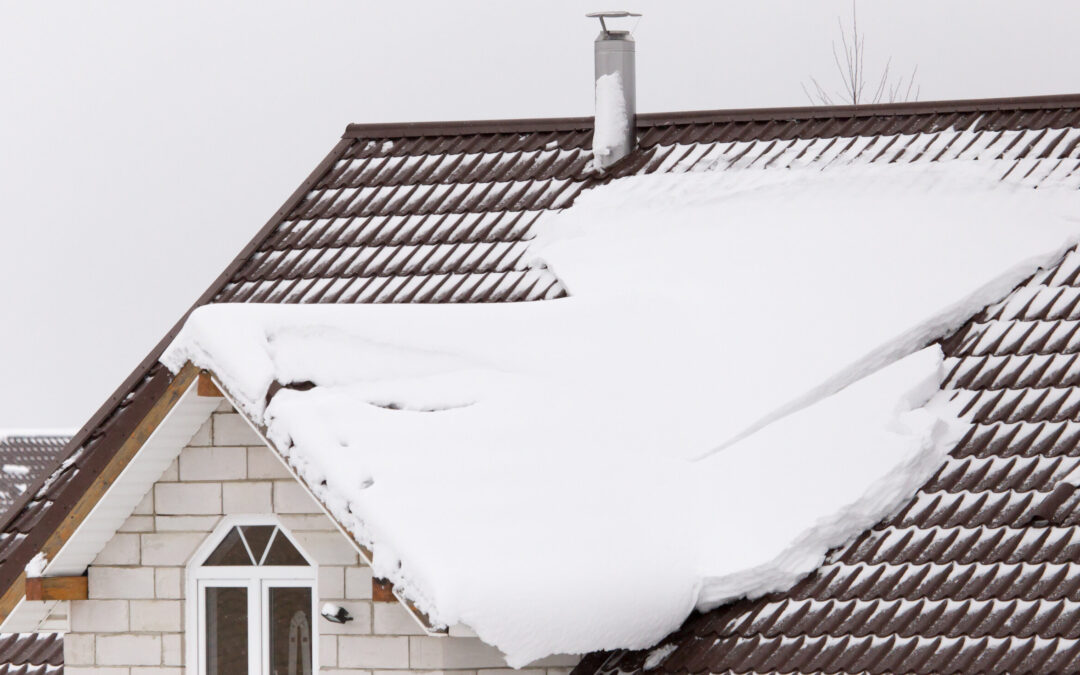
Protecting your roof, your home, and yourself during the coldest months of the year is very important. Poor roof care and maintenance can lead to potentially disastrous and dangerous conditions if not regularly attended to. Unfortunately, this time of year with its cold weather and snowy or rainy conditions can be tough on a house, particularly the roof. To prevent wear and tear and enjoy the winter without disaster, here are some essential tips for preparing your roof for freezing winter conditions.
Make Sure Your Trees are Maintained
Poorly cared for trees can pose one of the biggest dangers to a roof, especially during the winter. A fallen limb or branch, or even the tree itself, can cause catastrophic and scary damage. To prevent this from happening, always ensure trees on your property have been well maintained and trimmed heading into the winter season. This is particularly important towards the end of the year when snow, thunderstorms, and high wind conditions are more likely to down poorly cared for trees.
Inspect Your Roof Insulation
You can easily lose massive amounts of heat from your home due to poor or aging insulation. Not only will this cost you money and waste huge amounts of energy, but nobody wants a cold house during the winter. As the weather starts to cool, make it a priority to check your roof and insulation, making sure there are no significant gaps or that the insulation isn’t old and worn.
Clean Your Gutters
Cold weather brings with it stormy, windy conditions, which quickly clog up gutters and drains with fallen debris and leaves. Cleaning drains each season is advisable, but especially during the wintertime when drainage is vital. If water cannot efficiently drain away from your roof, it could cause serious damage. Standing water can ruin shingled and cause rot, which is a dangerous situation for a roof. Not to mention, pools of water on a freezing cold roof can lead to dangerous ice dam formation. Ensure those gutters are clear of grime and gunk to enable them to effectively drain water away from your home.
Check Your Flashing
Flashing is a thin piece of impervious material, typically installed around joints or corners on a roof. Flashing has one major job, and that’s to prevent roof leaks. Leaks, even minor ones, can cause problematic water damage, especially over time. Flashing that’s seen better days should be repaired or replaced before the onset of snow and wet weather. Freezing temperatures, rain, strong wind, and damp conditions can cause your flashing to become corroded or damaged, which is why regular inspections are vital.
Do a thorough examination of shingling
Storms are not the friend of a shingled roof. Although shingles tend to be quite hardy, they will eventually and inevitably undergo some damage. That damage is most likely to occur during the winter months. Loose or missing shingles leave your house vulnerable to the elements and can lead to water damage or dangerous conditions. Fortunately, shingles are very quick, easy, and cheap to replace. It’s much less expensive to spend the money on repairing some worn shingles than it is to fork out for more severe damages.
Rooves protect your home and, in turn, they also protect you and your family. But although we often let roof maintenance slip our minds, it’s critical that your roofing is taken care of. Cold weather isn’t great for a roof, but taking these simple steps to keep it in the best condition possible will pay off in the long run. Roof damage can be very expensive to fix, which is why it’s never advisable to forgo proper regular maintenance.

